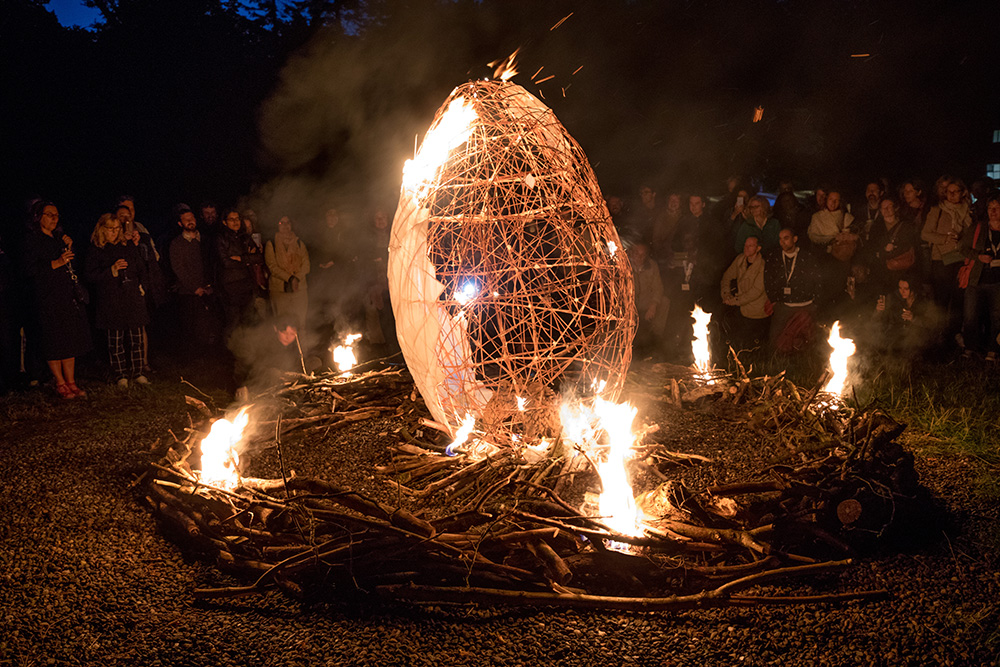Diesen Artikel habe ich als Reflektion zur Transformations Konferenz für den Leverage Points Blog geschrieben. Im Original findet er sich hier.
„I have never been to a conference in the field of sustainability science until I attended the Transformations 2017 conference in Dundee, Scotland last month. This is not surprising as I graduated in design and only started my PhD in sustainability science two years ago. Now I step constantly between these two worlds of design and sustainability science. And to get to know the one I was not socialized in, I find it essential to attend these kind of events to understand how this specific community thinks, works, and is connected. Attending this one with it´s topic on “Transformations in practice” made a pretty good start. Right from the first day, a lot of my Leuphana and Leverage Points colleagues (who formed a fairly large group at that conference), kept coming to me saying: “This is all about the stuff you are doing too!”
The conference organizers made a huge effort to include a big variety of creative expressions in the event: music, performing arts, design, graphic recording or visual arts to name just a few. And these creative interventions achieved their aim: opening up new perspectives and creating experiences, that may even have made some scientists uncomfortable, like when a willow plaited egg was burnt or a Transformations hymn was sung in the plenary. But creative approaches were not only part of the “side program”, but also discussed in the sessions as forms of transformative practices and new ways of knowledge production. This is also where my interest as a design researcher is situated.
Artistic performance: Burning our fears that keep us from changing our habits. (Credit: Kenneth Malcolm Photography)
Mel Woods, co-organizer of the conference, referred to an extended understanding of design in her keynote speech which I also share: “Design no longer only shapes form or graphics, but processes and new approaches of understanding.” A key point is that design can be understood as a transformative practice, a practice that “is changing existing situations into preferred ones” as Herbert Simon stated in 1969.
Ioan Fazey, co-organizer and also part of the first Transformations conference, likewise dealt with the aspect of practice in his keynote speech. He took up a threefold distinction by Sophie Hope on the relationship of research and practice:
- Research on practice – which is about the observation of practice,
- Research for/as practice – which means practices are the intended outcome, and
- Research through practice – which means practice itself becomes the research.
Not only do I like the idea of research through practice as a scientific approach that holds a key principle of both action research and transdisciplinary research for me, but I am also pleased that Hope´s distinction is based on the concept of research through design by Christopher Frayling from 1993. Frayling originally differentiated:
- Research into Arts and Design – a mode of looking from the outside,
- Research for Arts and Design – research that serves the art or design process, and
- Research through Arts and Design – a research approach done through practice and/or use of design methods.
The concept of research through design as a transformative research practice coupled with an extended understanding of design (as mentioned by Mel Woods), is a promising idea for science in general. Using creative approaches like art and design to rethink the way we produce knowledge for sustainability transformations is just beginning to evolve, and I´m very happy to be part of this endeavor as a member of the Leverage Points project.“

